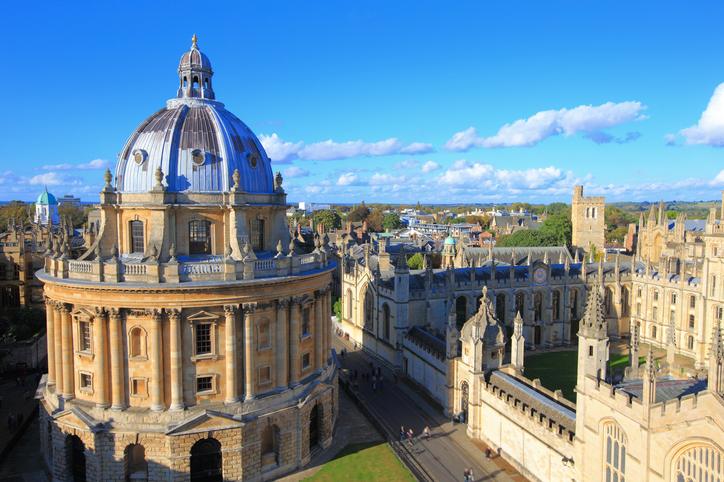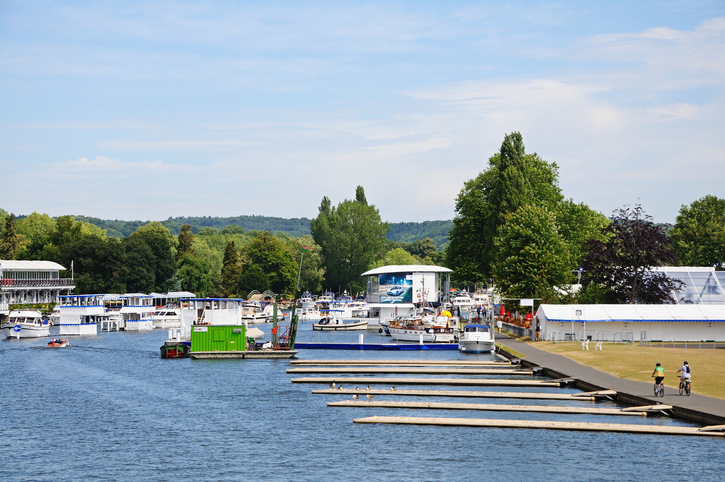When to Go
Weather
The weather is generally the same regardless of which section you are on. You can, of course, walk at any time. However, the driest time is May and September.

Flooding
Flooding: The River Thames is prone to flooding. There are, therefore, times in the year when the Path can be totally impassable. This depends on what section of the Path you are on:
- Source to Oxford This is the wettest section of the Path. Flooding can happen any time between October and May. Alternative routes are difficult to find.
- Oxford to Reading Not as wet as source to Oxford but still prone to flooding between October and May. Alternative routes are usually available
- Reading to Staines. The River Loddon joins the Thames just past Reading and this often causes local flooding between October and May. In fact, the entire Thames as far as Maidenhead can be problematic in places. However, alternative routes are usually available.
- Staines to Woolwich. This area is generally better as the population density is high and more protective measures are in place. This section can therefore usually be walked throughout the year. Note that downstream from Teddington the river is tidal. Incoming tides can cause minor flooding of the Path and neighbouring roads, regardless of the weather. This tends to happen when there is a full moon. Major flooding is prevented by the Thames Barrier.
Peak Periods
The Thames Path passes close to major festival events that can have an impact on availability of accommodation. On top of that you have school holidays, business demand, weddings and University term times. This creates a complex pattern of demand varying by location. We have listed peak period by section below:

Source to Oxford
Aside from Oxford, there are no real peak periods here other than a slight increase in demand at the end of June and most of July. However, Saturday’s are particularly busy as this area is popular for weekends away.
Oxford has its own calendar because of the University term time. April and May are quiet. June and July are particularly busy. It then gets quiet again in August but picks up again in September and October.
Oxford to Reading
Until you reach Reading there are no peak periods to report other than Saturday’s, which are particularly busy because of weddings. In fact, some hotels insist on 2 night stays!
In Reading itself, be aware that Reading Festival, held during August bank holiday, can cause accommodation congestion.

Reading to Staines
This stretch of the Thames is highly seasonal as there are a number of important regattas taking place.
The season kicks off with the Marlow Town Regatta and Marlow Regatta, both in June.
Then comes the largest, Henley Regatta, which takes place in the first week of July and is immediately followed by Henley Festival. This impacts accommodation from Reading all the way to Maidenhead.
And to add further pressure, Royal Ascot starts in the middle of June which puts pressure on accommodation in Windsor and Staines.
It can be difficult to thread a route through the above maze. The golden rule would be, unless you are booking 6 months ahead, avoid Windsor in the third week of June, and Henley in the first two weeks of July.
Windsor to London
As you approach London, a fresh pressure point is found: Wimbledon tennis tournament. This takes place in the first 2 weeks of July and impacts hotels from Hampton, Kingston, Richmond and beyond.
The Chelsea Flower Show is held in the third week of May.
The hotels of London are impacted by most of these events: the Flower Show, Ascot, and Wimbledon.
Fortunately on this stretch there is a wide variety of hotels so, although your chosen accommodation might not be available, chances are you will be able to find something.

That’s a lot of information to digest. If we were to sum it up, try and avoid June and the first half of July. May and September are the best. For a list of all the significant events on the Thames, see our Events page.

